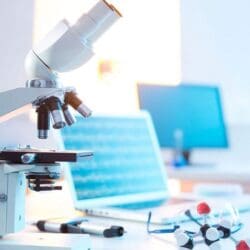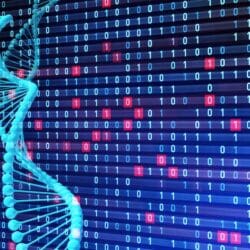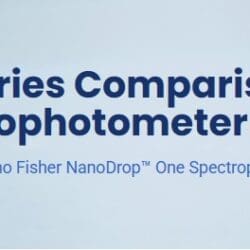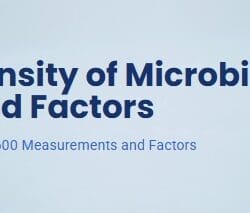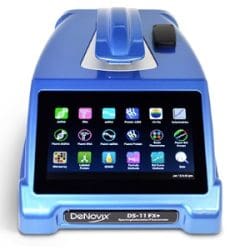Check out the latest news from Denovix!
Blog articles & tech tips from Denovix, featuring the DS-11 Series Spectrophotometer / Fluorometer series, and CellDrop™ Automated Cell Counter. CellDrop is the only automated cell counter to Count Cells Without Slides.
-
Denovix | QFX fluorometer – Unlock Fluorescence Freedom.
Many fluorometers have limited light sources that restrict your choices, forcing you to compromise either on sensitivity or the flexibility to use the best assay for your work. The QFX fluorometer is built to solve this, giving you assay flexibility and a range of DeNovix quantification assays that provide unmatched sensitivity and dynamic range. No […]
Read More -
Denovix | Enter to Win a CellDrop Automated Cell Counter!
Denovix is giving away a CellDrop Automated Cell Counter! Enter to win above, and complete additional actions to earn bonus entries. The giveaway is open to researchers worldwide and closes December 11th at 11:59 PM USA EST. Denovix CellDrop™ Cell Counter ORDER HERE
Read More -
DeNovix | What’s the Difference Between ATAC-seq and RNA-seq?
Modern genomic research has been tremendously advanced by a myriad of sequencing technologies. Key among these are ATAC-seq and RNA-seq, specialized techniques addressing specific facets of genomic investigation. This article delves into the nuances of these two methods, elucidating their distinctions and applications in nucleic acid sequencing.
Read More -
DeNovix | DS-11 Series Comparison to Thermo Fisher NanoDrop™ One Spectrophotometer
The DeNovix DS-11 Series instruments and the Thermo Fisher NanoDrop™ One spectrophotometer are used for rapid quantification of nucleic acids and proteins. The DS-11 Series Spectrophotometer / Fluorometer offers best-in-class limits of detection, the broadest dynamic range, intuitive ease of use and powerful networking features that are superior to the Thermo Fisher NanoDrop™ One spectrophotometer. […]
Read More -
Denovix | Comparing Hemocytometers and Automated Cell Counters
Written by Ben Capozzoli, DeNovix Application Scientist Since the invention of the hemocytometer counting chamber in 1874, biologists have been quantifying cells dispensed into the chamber of the slide through manual inspection under a microscope. These quantifications rely on knowing the exact volume in which you are counting. The following equation is used to translate […]
Read More -
Denovix | Is Erythrosin B a Better Choice than Trypan Blue for Cell Counting?
Written by Famatta Perry, PhD Cell counting is important for reproducible and accurate documentation of cell concentrations and viability, which can be used in a series of research, medical and biotechnological applications. Despite numerous documented issues with and limitations of Trypan Blue, it is still widely used in many research labs. This article aims to […]
Read More -
Denovix | Flow Cytometry and Image-Based Cell Counting: Complementary Technologies to Achieve Accurate Cell Quantifications and Characterizations
Written by Ben Capozzoli, DeNovix Application Scientist Understanding the number and characteristics of a given cell population is paramount to many cell/molecular biology studies. Many fields, like immunology, rely heavily upon the ability to quantify the number of cells in a population and the various characteristics those cells possess. Hemocytometers: A Traditional Cell Counting Method […]
Read More -
Denovix | How to Determine Cell Density of Microbial Cultures with OD600 Measurements and Factors
Written by Rachel Kennel, DeNovix Application Scientist The measurement of optical density (OD) at 600 nm is a common spectrophotometric method to determine the density of a bacterial or yeast culture, commonly during phases of bacterial or yeast growth. An OD600 measurement is a quick and convenient way to determine density for cells, which are […]
Read More -
DeNovix | DS-11 Series Compared with the Thermo Fisher NanoDrop™ One Spectrophotometer
The DeNovix DS-11 Series Spectrophotometer / Fluorometer and the Thermo Fisher NanoDrop™ One spectrophotometer are both used to perform fast quantification of nucleic acids and proteins. The DeNovix DS-11 Series provides superior limits of detection, the widest dynamic range, an easy-to-use interface and powerful networking features, which surpass the capabilities of the Thermo Fisher NanoDrop™ […]
Read More



